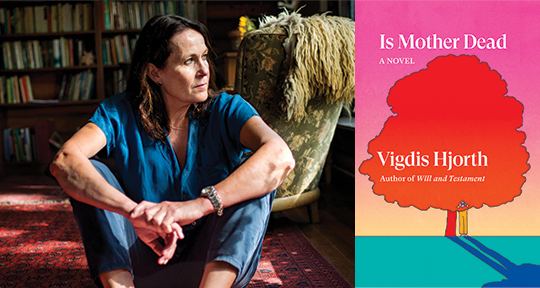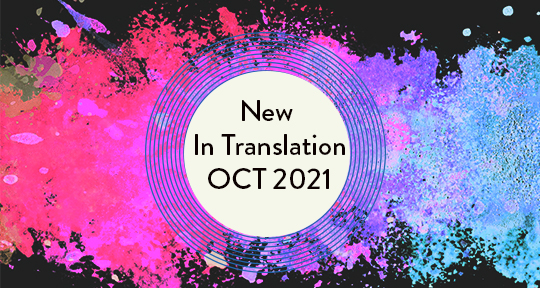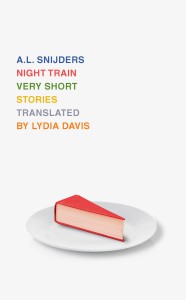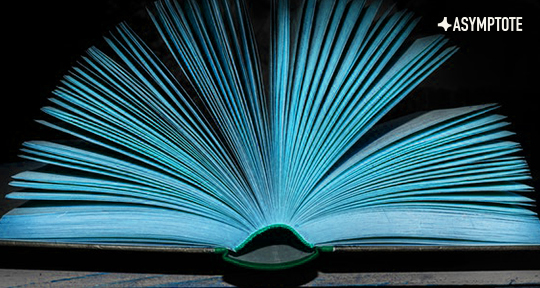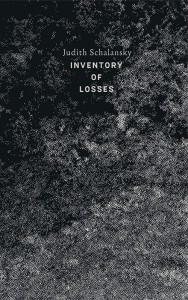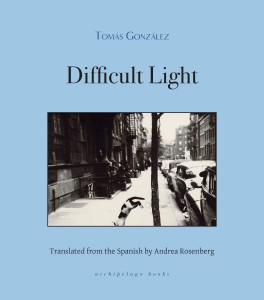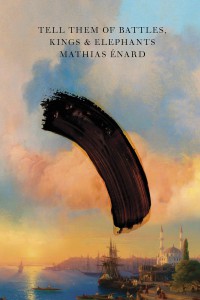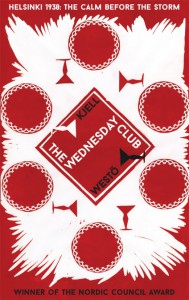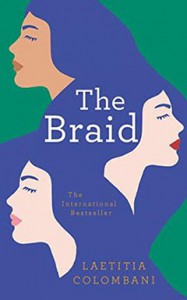I started working with the educational arm team at Asymptote this past March, when COVID-19 was just declared a global pandemic. As I read through the spring issue, I also kept an eye on the news, watching the US government lurch from outright denial of the disease to a hodgepodge and feckless response—then I came across Alison Watts’s translation of an article based on Durian Sukegawa’s book, Cycling the Road to the Deep North. The piece is a series of vignettes about Sukegawa’s bike tour to Fukushima, in which he tells stories of the lingering destruction from the Fukushima Daiichi Nuclear Disaster, the tsunami and earthquake, and the people carrying on their lives in its wake. Stories of the contaminated soil, of trees with toxic leaves. Stories of burned-out schools and shuddered businesses. And—the story still unfolding—of the Japanese government’s response: its ineptitude and indifference to the wishes of its citizens. The similarities to the current COVID-19 crisis were, at first, depressing, but as I reread Alison’s translation of Sukegawa’s words, I was heartened by them. Because though both crises remain dangerously unresolved, it was evidence that there remain people who are asking the necessary questions, telling the stories we need to hear.
Each issue of Asymptote is accompanied by an educators’ guide, a valuable resource for teachers who are interested in bringing world literature into their classrooms. Offering thematic breakdown of the issue’s content, contextual information, lesson plans, and possible discussion questions, Asymptote for Educators is one of our most exciting and collaborative endeavours. Learn more about it here!
Kent Kosack (KK): When I was preparing a lesson plan for the Asymptote Spring 2020 Educator’s Guide, I chose the piece you translated—an excerpt from Durian Sukegawa’s Cycling the Narrow Road to the Deep North; it felt connected to what is happening now, to the COVID-19 crisis.
Alison Watts (AW): Yes, and next year is the tenth anniversary of the Fukushima Daiichi Nuclear Disaster. It’s a timely opportunity.
KK: In more ways than one.
AW: When I first read it in 2018, I knew I wanted to translate it, but I knew it’d be difficult to sell.
KK: How was it received in Japan?
AW: It did win the Japan Essayist Club Prize, but it’s not a huge bestseller or anything. It was published by a small publisher; it’s Fukushima literature. There’s this new genre that has evolved since the disaster in 2011, all kinds of poetry, music, and literature that resulted from Fukushima, and the tsunami and earthquake as well.
KK: I read your Words Without Borders essay about your own personal reaction to the crisis. It seems to have almost coincided with your transition to becoming a full-time literary translator.
AW: I became a full-time literary translator in 2016. In 2015, I was ill for a year and I couldn’t work. At the end of that, I decided that life’s too short. I’m going to do what I want to do, nothing else. Sweet Bean Paste—the novel of Durian’s that I translated—when I read it, I thought: I love this book, I have to translate it, I’m the only person who can translate it [laughs]. I did the synopsis and samples and gave it to the agent and said, please use this to sell the book. Eventually, I got the job to translate it. As it turned out, that was in the beginning of 2016, the year I had decided to devote myself to being a literary translator. It all worked out. Like the gods were sending signals.
KK: Fortuitous. And how difficult was it for you to transition to translating this work versus Sweet Bean Paste?
AW: Essentially, it’s the same style. Durian has a tight, minimalist style. It’s quite difficult to translate because it can come across as too simplistic in English.
KK: Is that from his background in journalism, that more pared-back style?
AW: There’s that, but he’s also a poet. When I asked him before I translated Sweat Bean Paste: “How would you describe your style?” He said, “I just line up the facts and add flashes of poetry.” READ MORE…

